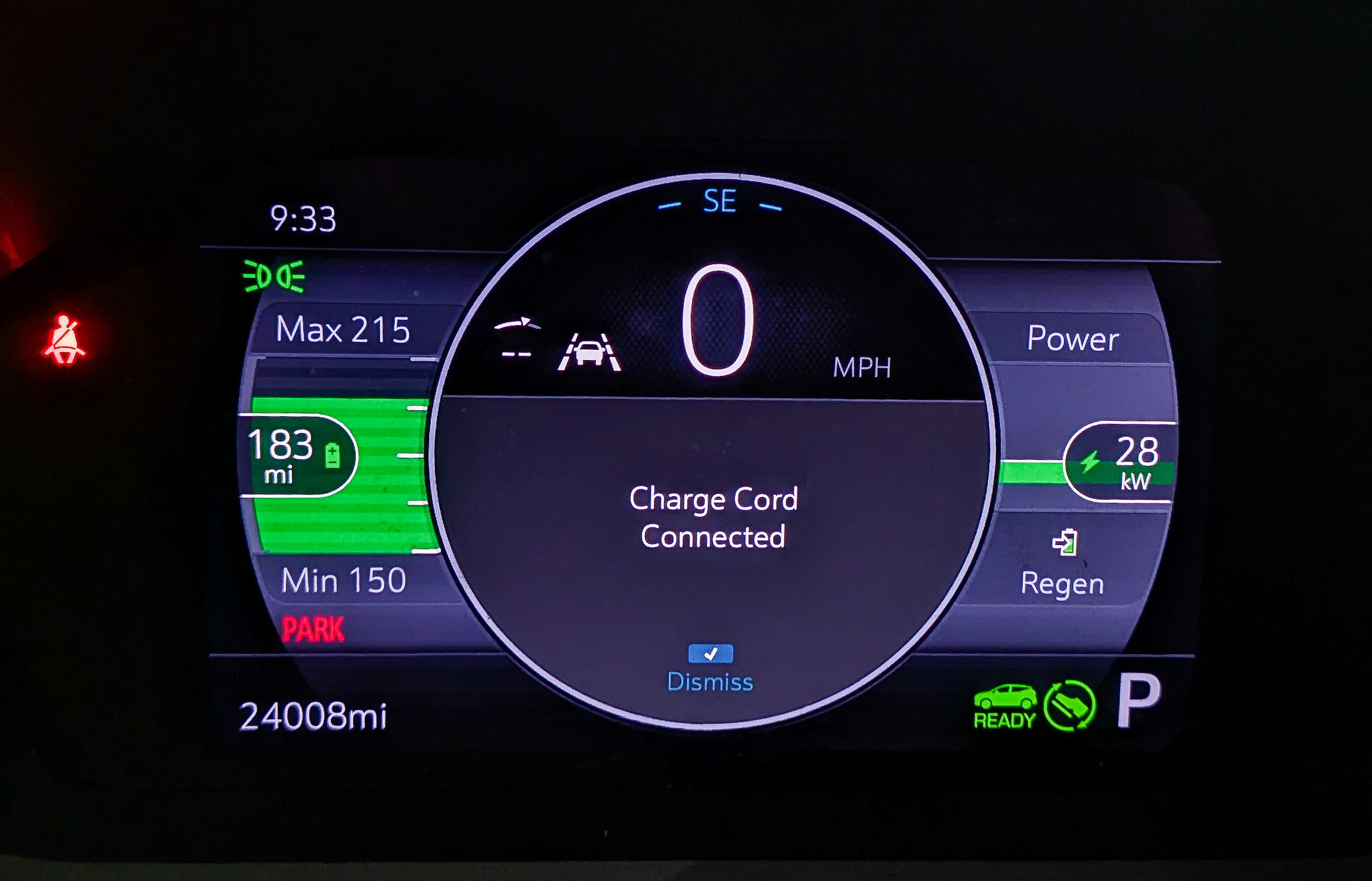Support CleanTechnica’s work through a Substack subscription or on Stripe.
In the topsy-turvy world of US energy policy, solar power has been pushed aside while other renewables — namely hydropower, biomass, and geothermal — have earned the support of President Donald Trump’s “American Energy Dominance” program. That’s just plain weird. After all, electricity demand in the US is going through the roof and solar is the most abundant, accessible, and economical domestic energy resource available today. The US Energy Information Agency has the latest word on that topic, in a new report issued on November 10.
32 More Gigawatts Are Coming To The US
The new EIA report does not make much room for biomass, hydropower, geothermal, or any other domestic energy resource to compete against the US solar industry. “Solar power is the fastest-growing source of new electric generating capacity in the United States, driven by large-scale solar photovoltaic (PV) projects built by electric utilities and independent power producers,” the agency reminds everyone.
“In our most recent monthly inventory of power plants, developers reported plans to bring 32 GW of solar capacity online in the next 12 months (October 2025 through September 2026),” EIA reported.
The new report also notes that 5 gigawatts out of the 32 are holdovers from projects that would have been included in earlier reports, had they not encountered delays of various sorts. In other words, delayed projects accounted for a fairly large proportion of the new 12-month total.
That seems to indicate that delays are a substantial problem in the solar industry. However, EIA noted that delays tend to be minimal. “Much of the reported delayed capacity occurs at projects that are in the late construction or testing phases just before they come online. These delays are typically only for a month or two,” EIA explained.
In addition, EIA reported that the proportion of delayed projects has declined in recent months, compared to a similar period last year. “In the third quarter of 2025, solar projects representing about 20% of planned capacity reported a delay, a decrease from 25% in the same period in 2024,” EIA stated.
That could be just a blip, or it could indicate a permanent trend as solar developers continue to adopt more efficient construction and testing systems.
Nothing Can Stop The Solar Revolution Now (Except The Usual Suspects)
The latest EIA report also emphasizes that last year’s large proportion of project delays did not prevent the US solar industry from breaking its own yearly record for installed capacity. “Despite the relatively high number of projects reporting delays in 2024, that year was a record year for U.S. solar capacity additions,” EIA reported. “Power plant developers added 31 gigawatts (GW) of utility-scale solar PV generating capacity in 2024, which increased total U.S. utility-scale solar capacity by 34%.
EIA further noted that historically, less than 1% of planned solar capacity is cancelled outright on a month-to-month basis.
Of course, the 800-pound elephant in the room is the political weight of the fossil energy industry. In a new report, the Solar Energy Industries Association takes the gloves off, accusing the Trump administration in all but name of mounting politically motivated roadblocks that could bring more than 500 solar and energy storage projects spread among 44 states to a screeching halt through 2030.
The threatened projects identified by SEIA include 73 gigawatts of solar power and 43 gigawatts of storage that have federal, state and local permits pending. Combined, they total almost 116 gigawatts. “That is more than half of all new power planned to be built in the United States through 2030,” SEIA notes.
“At a time when electricity demand is skyrocketing to meet the needs of AI, data centers, and manufacturing, the Administration is using every tool at its disposal to slow down solar and storage projects,” SEIA emphasizes.
“This blockade is undermining American energy security, driving up costs for families and businesses, and exacerbating the ‘energy emergency’ that the Trump administration itself declared earlier this year,” the organization emphasizes again for good measure.
What Is Your Emergency?
Yes, what about that emergency? Going by US President Donald Trump’s rising habit of literally sleeping through public events, the emergency — such as it was — has come and gone. After all, once the Commander-in-Chief begins to sleep through an emergency of his own calling, perhaps it should be called something else.
Be that as it may, both wind and solar power drew the short end of the stick when Trump launched his “American Energy Dominance” plan upon taking office in January. After all, the plan was to enlist all hands on deck to meet the alleged emergency, but both wind and solar power are conspicuously absent.
Instead, the plan supports four other forms of renewable energy that have a limited capacity to expand in the US, at least over the near term: biomass, hydropower, geothermal, and marine energy.
Biomass power plants, for example, face siting limitations related to the economics of transporting biomass fuel, among other factors including land use and food systems concerns. As with any other new power plant proposal, community opposition and legal roadblocks can also spark long delays and outright cancellations.
Growth in the US hydropower industry is also location-strained, with water resources, geographical constraints, and transmission bottlenecks among the limiting factors in the way of new hydropower dams and new pumped hydropower projects, too. Accordingly, in recent years the industry has shifted focus from building expensive new Hoover-style hydropower dams to retrofitting non-powered dams with turbines. However, feasibility constraints will limit the total potential to just 12 gigawatts, according to a recent study by Oak Ridge National Laboratory. That can help some communities, but it’s not nearly enough to satisfy the demands of a national energy emergency, such as it is.
The US geothermal industry is an interesting case because it is beginning to overcome longstanding technology hurdles that have limited geothermal power plants to just a few scattered locations in the the western US. However, collectively the next generation of advanced geothermal systems has yet to gain a foothold in the nation’s power grid. Widespread adoption is a long term solution, not a response to an energy emergency.
As for marine energy, athough President Trump did not check that box when he declared his energy emergency, the US Department of Energy is continuing to support innovation in the nation’s emerging marine energy industry. Marine energy devices collect the kinetic energy of waves, tides, and currents, and convert it to an electrical current. As with advanced geothermal energy, though, the marine energy field has barely reached the beginning phases of commercial viability.
Solar Power & The Energy Storage Angle
As indicated by the new EIA report, the solar power outlook over the next 12 months is fairly reasonable. It’s also worth noting that the Energy Department is continuing to fund new innovation in the energy storage field. The agency’s previous energy storage funding programs are also beginning to bear fruit, helping to support solar industry growth at some future date when the national brain fart finally runs its course.
What happens after the next 12 months is up to the voting public, with the all-important mid-term elections coming up in November 2026. If you have any thoughts about that, drop a note in the comment thread. Better yet, find your representatives in Congress and let them know what you think.
Photo: Solar power really is the fastest, most accessible, and most economical way to address the “energy emergency” declared by US President Donald Trump (courtesy of NREL, credit Werner Slocum).
Sign up for CleanTechnica’s Weekly Substack for Zach and Scott’s in-depth analyses and high level summaries, sign up for our daily newsletter, and follow us on Google News!
Have a tip for CleanTechnica? Want to advertise? Want to suggest a guest for our CleanTech Talk podcast? Contact us here.
Sign up for our daily newsletter for 15 new cleantech stories a day. Or sign up for our weekly one on top stories of the week if daily is too frequent.
CleanTechnica uses affiliate links. See our policy here.
CleanTechnica’s Comment Policy




